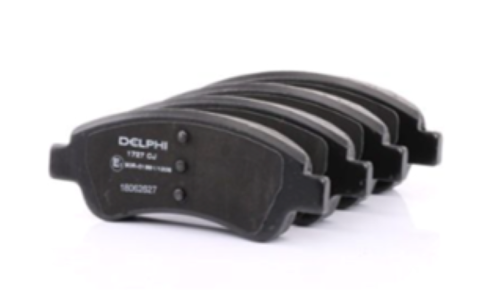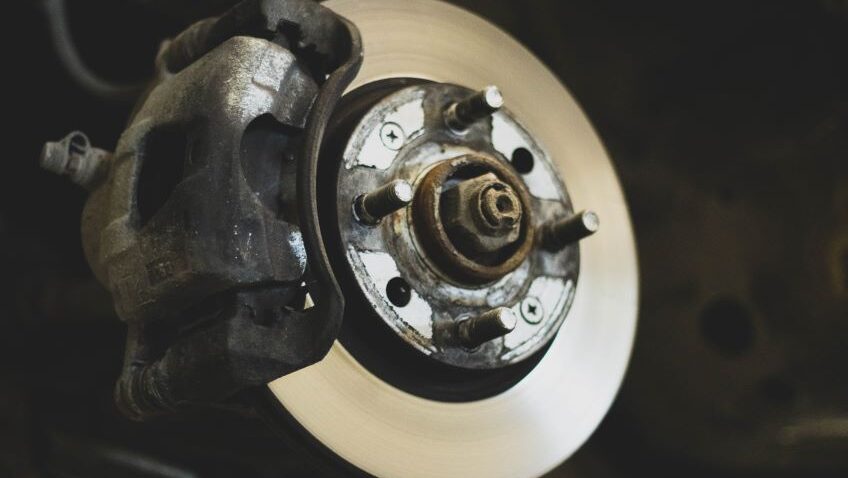Central to the safety of any motor vehicle, brake pads are key components of the braking system. Ideal, really, for staying safe when driving in your car.
The way they work is that upon pressing the brake pedal, they create friction against the brake rotors, slowing down or halting your vehicle. These rectangular slabs, generally made of a mixture of metals and other compounds, provide the crucial grip and heat resistance needed to stop a fast-moving car.
They’re a part of the car that you don’t realise just how much you need them until they fail you.
Signs You Need to Change Your Brake Pads
Identifying when to change your brake pads isn’t always easy. They’re somewhat elusive unlike your tyres, meaning you need to consider other things beyond a simple visual test. Listen out for these three things:
• High-Pitched Noise: The most common indication is a high-pitched noise when you apply the brakes. Some brake pads come equipped with a small device called a wear indicator, which emits this purposefully ghastly sound when the pads wear down.
• Brake Pedal Vibration: Excessive vibration in the brake pedal whilst braking can signify that your brake pads are worn unevenly.
• Reduced Responsiveness: If your vehicle doesn’t slow down as swiftly as it usually does.

Image of brake pads from buycarparts.co.uk
How to Change Brake Pads
Whilst changing brake pads is usually something you may leave to the professionals, with the right tools, a bit of patience and some self-belief, it’s a feasible task for the enthusiastic DIYer.
• Getting Hold of the Right Brake Pads: Vehicles need specific types of brake pads, so ensure you’ve got the correct ones for your model. You can’t slap on any old pad, and you shouldn’t buy from untrusted suppliers. Conducting some research is your starting point (or ask a professional).
• Loosen the Lug Nuts and Raise the Vehicle: Start by loosening the lug nuts on your wheels, then use a jack to elevate the car. Remember to use jack stands for additional safety.
• Remove the Wheel and Brake Caliper: Once elevated, remove the wheel. Next, take off the brake caliper—this is the bracket-like component that holds the brake pads.
• Replace the Brake Pads: Now, simply take out the old brake pads and slide in the new ones. Apply brake grease to the back of the new pads to avoid noise when braking.
• Reassemble and Repeat: Replace the brake caliper and wheel, then repeat the process on the remaining wheels.
When to Seek Professional Help
Although replacing brake pads is achievable for those willing to put in the effort, it’s also a task that requires a fair old degree of precision – there are plenty of online tutorials, but they can’t do the job for you. It’s also a very important part of your car, for your safety. If you’re unsure about any part of the process, it’s best to seek the help of a professional.
Brake Pads: The Lifeline of Your Journey
Brake pads are the unsung heroes in your vehicle, taking on the crucial task of keeping you safe on the road. Ironically, they only begin to sing when they’re failing. Being tuned into to their condition and knowing when and how to change them can make all the difference to your vehicle’s performance and your safety.




